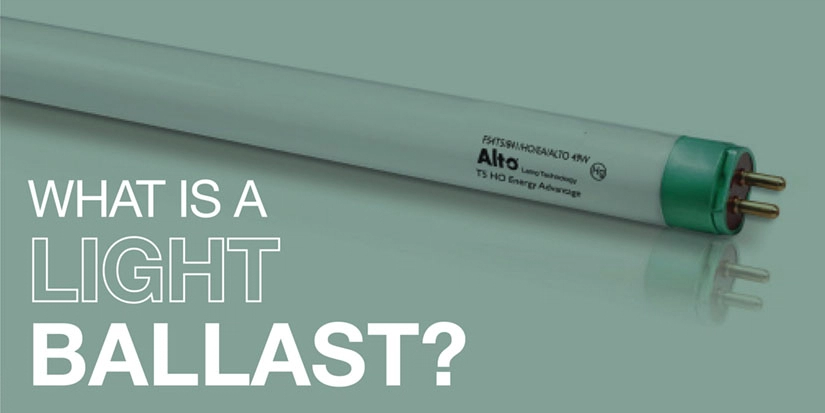
Mr. Electric expalins how a light ballast regulates the current to fluorescent and HID lamps for safe operation.
|
Florescent lighting is commonly found throughout homes and businesses. Electrical terms can be confusing at times, but it’s always helpful to be familiar with some. Curious about how this works? Find out how ballasts relate to your everyday lighting!
What does a ballast do?
According to the Lighting Research Center, a ballast is a tool used to regulate the amount of current in a circuit. Whenever it’s used in fluorescent lighting, the current is limited through the tube. If this process didn’t take place, the florescent lamp connected to a high voltage power source would increase too quickly. This would cause the lamp to overheat and burn out in a span of one second.
What is the difference between commercial and residential lighting ballasts?
Our professionals at Mr. Electric say that commercial lighting is more intense than residential lighting because of the various procedures and activities that take place in this setting. Residential lighting produces a weaker magnetic inference and less heat. Whenever commercial fluorescent lighting is installed, it is crucial to contact a professional due to the extreme fire hazards and other electrical issues associated with it.
How does a ballast properly function?
According to the Illuminating Engineering Society, once a lamp turns on, an arc between the two lamp electrodes must be produced. In order for this to happen, the ballast needs to quickly distribute a high voltage. Once this happens, a light output is created due to the ballast reducing the voltage and regulating the electrical current.
When should it be replaced?
If your fluorescent light flickers or makes a humming sound, this is typically caused by an old ballast. Ballasts usually last around 20 years so replacing these is not a common need. However, cold air and poor quality light bulbs can greatly reduce the lifespan. Ballasts are easily replaceable and sold at any hardware store. If you’re concerned about the price of replacement, ask Mr. Electric for other alternatives!
When shopping for new a light fixture, ensure you find a ballast that’s suitable for whichever fixture purchased. A ballast must match specifically to the light bulb it operates. There are many different types of ballasts out there, so consulting with a professional before making the purchase is a safe option.
If you have any questions regarding light ballasts or have other electrical issues, contact Mr. Electric today! Our professionals are ready to help.

